Disclosure: This article contains affiliate links. We may earn a commission from purchases at no extra cost to you, which helps our travel content.
Standing atop the Herbert Glacier last summer, I was struck by how the massive ice formation tells a 3,000-year story of climate patterns and geological forces. As a geologist who has studied formations across continents, I can confidently say that Juneau offers some of North America's most accessible yet profound natural wonders. The capital of Alaska isn't just a cruise ship stopover—it's a living laboratory where visitors can witness the dynamic interplay between mountains, ice, ocean, and forest ecosystems in remarkably close proximity.
Mendenhall Glacier: A Monument to Geological Time
The Mendenhall Glacier represents a perfect case study in glacial retreat and the Earth's changing climate patterns. At approximately 13.6 miles long, this massive river of ice flows from the Juneau Icefield, providing visitors with an accessible glimpse into processes that typically require remote expeditions.
During my three visits over the past decade, I've documented the glacier's measurable retreat—approximately 200 feet annually. What fascinates me as a geologist is how this retreat unveils new terrain, creating what scientists call 'primary succession'—the first stages of life colonizing newly exposed land.
The Visitor Center offers excellent interpretive displays, but I recommend taking the 3.5-mile East Glacier Loop trail for a more immersive experience. This moderate hike provides multiple vantage points of the glacier and access to Nugget Falls. For those with limited mobility, the shorter Photo Point Trail offers spectacular views with minimal exertion.
During my last visit, I witnessed several calving events—massive chunks of ice breaking from the glacier's face with thunderous cracks. I captured these moments with my telephoto lens, which proved invaluable for both wildlife and glacier photography throughout my trip.
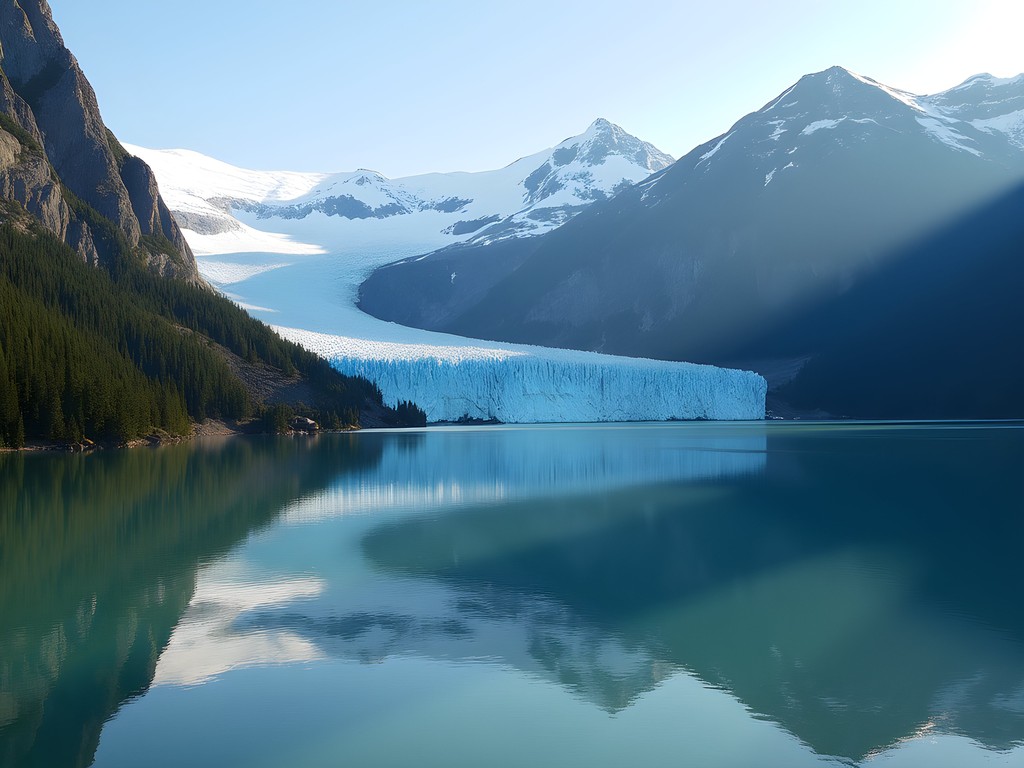
💡 Pro Tips
- Visit early morning (before 9am) or evening (after 6pm) to avoid cruise ship crowds
- Pack microspikes if hiking in early summer when trails may still have ice patches
- The Visitor Center has powerful spotting scopes—ask rangers to help locate mountain goats on surrounding peaks
Mount Roberts: Alpine Ecology Above the Clouds
Mount Roberts offers a fascinating study in vertical ecology—how plant and animal life changes with elevation. The Mount Roberts Tramway whisks visitors up 1,800 feet from the cruise ship docks to an alpine environment in just six minutes, though I prefer hiking the strenuous Mount Roberts Trail for a more intimate experience with the changing biomes.
As a geologist, what captivates me about Mount Roberts is how clearly it demonstrates the region's tectonic history. The metamorphic schist visible along higher portions of the trail tells the story of intense pressure and heat that formed these mountains millions of years ago.
On my most recent ascent last July, I continued past the upper tram terminal to the actual summit (4,000 feet elevation), where the panoramic views of Gastineau Channel, Douglas Island, and the Chilkat Mountains were well worth the effort. The trail traverses several distinct ecological zones, from temperate rainforest to alpine meadows filled with wildflowers.
For this hike, my trekking poles proved essential on the steeper sections, saving my knees on the descent. I also never venture into Alaskan wilderness without bear spray—a necessary precaution in this grizzly and black bear habitat.
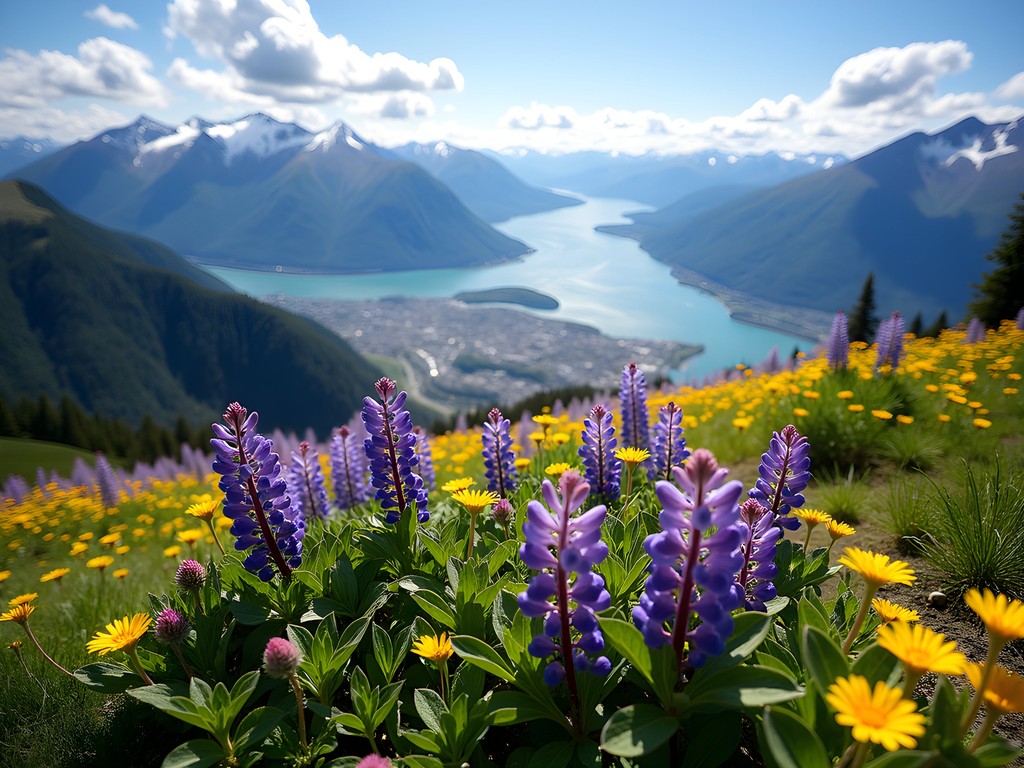
💡 Pro Tips
- Hike up and ride the tram down to save your knees while still getting the full experience
- The Alpine Loop Trail near the upper tram terminal offers spectacular wildflower viewing in July
- Check the summit weather forecast—conditions can change rapidly, and clouds often obscure views in afternoons
Tracy Arm Fjord: Witnessing Active Glaciation
While technically a day trip from Juneau, no geological exploration of the region would be complete without venturing into Tracy Arm Fjord. This steep-sided glacial fjord stretches over 30 miles, culminating in the twin Sawyer Glaciers—some of Alaska's most active tidewater glaciers.
What makes Tracy Arm particularly significant from a geological perspective is how clearly it demonstrates the power of glacial erosion. The fjord's sheer granite walls rise over 3,000 feet directly from the water, polished smooth by ice that was once a mile thick. Numerous waterfalls cascade down these walls, fed by hanging valleys—smaller glacier-carved valleys left suspended when the main glacier cut deeper.
During my expedition last summer, we encountered harbor seals hauled out on floating ice, bald eagles soaring overhead, and witnessed several dramatic calving events from the South Sawyer Glacier. The deep blue coloration of the freshly exposed glacial ice—a result of tremendous pressure eliminating air bubbles—was particularly striking.
I booked with Allen Marine Tours, whose smaller vessels can navigate closer to the glacier face than large cruise ships. For photography in this challenging environment with dramatic lighting contrasts, my polarizing filter proved invaluable for cutting glare off water and ice while enhancing the surreal blue tones of the glacier.
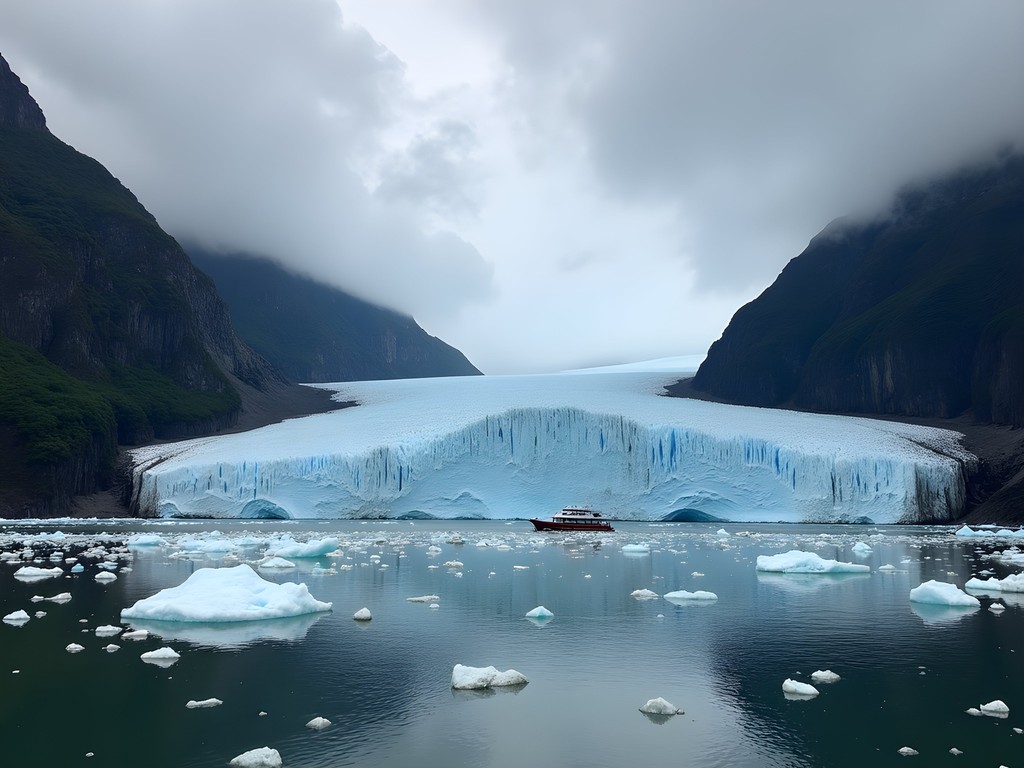
💡 Pro Tips
- Book a smaller boat tour rather than large cruise ship excursions for closer glacier access
- Bring layers—temperatures near the glacier can be 15°F cooler than in Juneau
- The left side of the boat (port) typically offers better viewing on the inbound journey
Perseverance Trail: Gold Mining History Meets Wilderness
The Perseverance Trail offers a fascinating blend of natural and human history, following the path of Juneau's historic gold mining operations while showcasing spectacular scenery. Beginning at the end of Basin Road just north of downtown, this moderate 3-mile trail (6 miles round-trip) climbs steadily through temperate rainforest alongside Gold Creek.
As a geologist, I find this area particularly interesting because it reveals why Juneau exists at all. The gold deposits that sparked the city's founding in 1880 were formed when mineral-rich hydrothermal fluids infiltrated fractures in the metamorphic bedrock—a process visible in the exposed rock faces along the trail.
My favorite feature is the Glory Hole, an impressive pit formed by hydraulic mining operations that extracted gold from the hillside. The contrast between human-altered landscape and the rapid reclamation by nature provides a powerful reminder of geological timeframes—what seems permanent to us is merely momentary in Earth's history.
During my hike last summer, I encountered several black bears foraging for berries along the upper sections. For safety in bear country, I always carry a bear bell to avoid startling wildlife. The trail can be muddy even in summer, so my waterproof hiking boots proved essential for comfortable exploration.
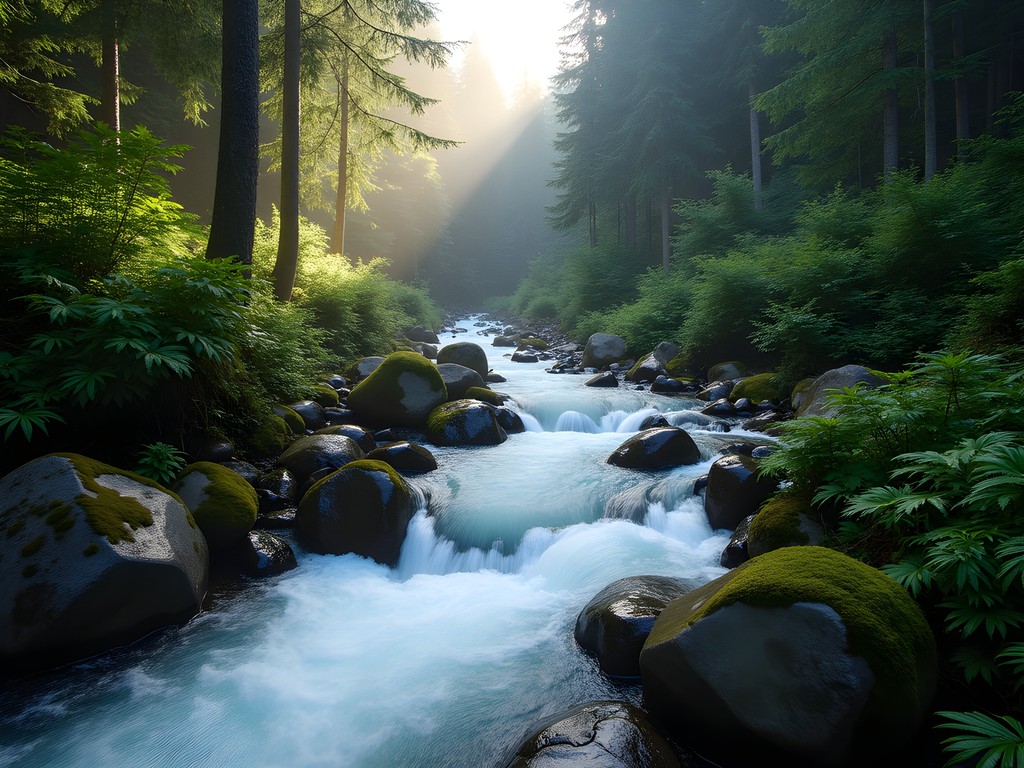
💡 Pro Tips
- Combine with the shorter Flume Trail for a loop with different perspectives of the valley
- Visit the Last Chance Mining Museum at the trailhead to understand the area's mining history
- Pack rain gear regardless of forecast—Juneau's weather can change rapidly
Whale Watching: Marine Biology in the Inside Passage
While my professional background is in geology, I've developed a profound appreciation for how landforms shape ecosystems. Nowhere is this more evident than in Juneau's marine environment, where underwater topography creates ideal feeding grounds for humpback whales.
The nutrient-rich waters of Auke Bay and Stephens Passage support abundant krill and small fish populations, attracting humpbacks that migrate 3,000 miles from Hawaii each summer. During my expedition with Juneau Whale Watch, our naturalist guide explained how underwater glacial deposits create upwellings that concentrate prey, making this area particularly attractive to feeding whales.
The highlight of my tour was witnessing a coordinated bubble-net feeding display—a sophisticated hunting technique where a group of whales blow bubbles in a circular pattern to concentrate fish before lunging upward through the center with open mouths. This behavior is regionally specific, passed down through generations of whales that feed in Southeast Alaska.
For those prone to seasickness, I recommend taking motion sickness tablets before boarding. The waters can be choppy even on clear days. Also invaluable was my waterproof dry bag for protecting camera equipment from spray while still allowing quick access for those unpredictable wildlife moments.
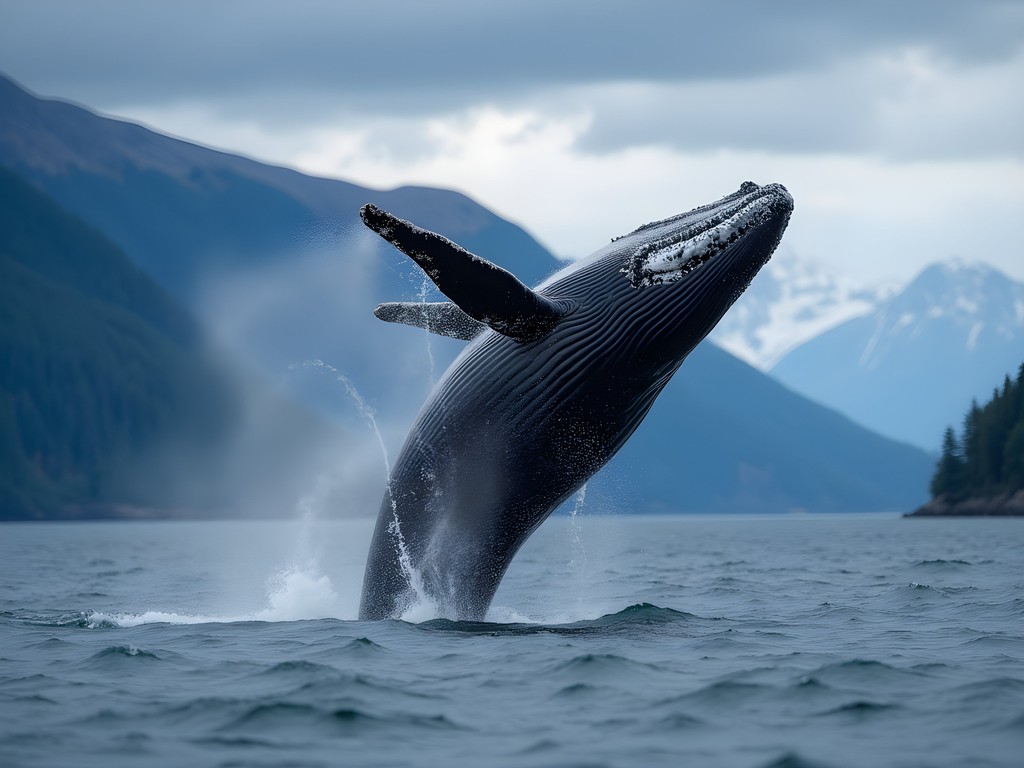
💡 Pro Tips
- Book whale watching tours for morning departures when winds are typically calmer
- Look for tours with onboard naturalists who can explain the science behind whale behaviors
- Bring binoculars for spotting distant orcas and sea lions
Final Thoughts
As both a geologist and a traveler who has explored six continents, I find Juneau remarkable for how it concentrates so many natural wonders into such an accessible area. Where else can you stand on a glacier in the morning, hike through ancient temperate rainforest in the afternoon, and witness bubble-net feeding whales by evening—all within a 20-mile radius?
What makes Juneau truly special is how clearly it demonstrates the interconnectedness of geological processes and living ecosystems. The glaciers that carved these valleys created the conditions for today's thriving marine environment. The mineral deposits formed millions of years ago brought humans who established this remote outpost. And now, the retreating ice reveals a landscape in constant transition—a living laboratory for understanding our changing planet.
I encourage you to approach Juneau with both a sense of adventure and scientific curiosity. Ask questions of your guides, touch the face of a glacier, examine the layers in exposed rock faces, and consider the vast timescales represented in this remarkable landscape. Your week in Juneau will be more than a vacation—it will be an education in the forces that have shaped our planet for billions of years, and continue to shape it today.
✨ Key Takeaways
- Plan for variable weather conditions—layers and waterproof gear are essential year-round
- Book smaller tour operators for more personalized experiences and better wildlife viewing opportunities
- Combine iconic attractions like Mendenhall Glacier with lesser-known trails for a more complete experience
📋 Practical Information
Best Time to Visit
May through September, with July and August offering warmest temperatures and most reliable weather
Budget Estimate
$150-250 per day excluding accommodations (tours range from $40 walking tours to $350 helicopter glacier landings)
Recommended Duration
5-7 days minimum to experience main attractions without rushing
Difficulty Level
Moderate (Most Activities Require Basic Fitness And Comfort With Uneven Terrain)
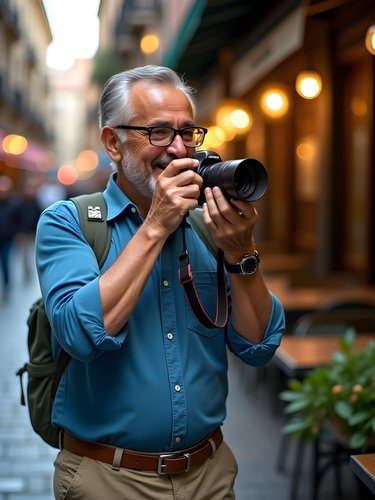
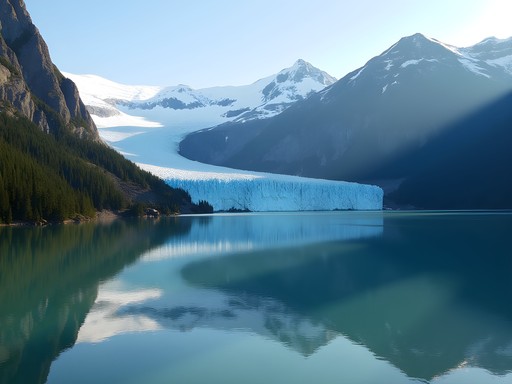
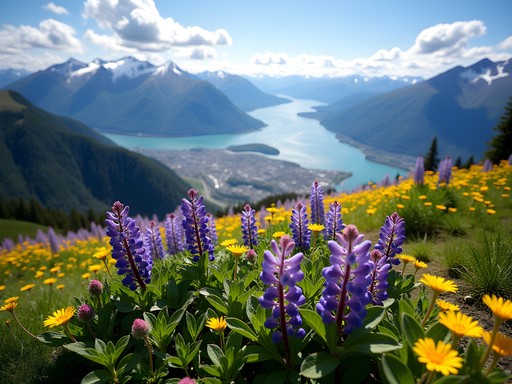
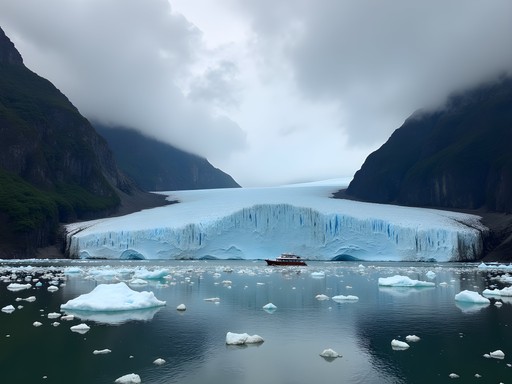












Comments
citylover
Loved your geological perspective on Juneau! We visited during a cruise stop and barely scratched the surface. Really wish we'd had more time for the Perseverance Trail after reading about the gold mining history. Next time we'll stay in town for at least 3-4 days instead of just the cruise port day.
Hunter Thompson
Just got back from Juneau last week and this guide would've been gold! For anyone planning a trip, I'd add that Mount Roberts has some insane sunset views if you time it right. The tram is pricey ($45 return) but worth every penny for the panoramas. We hiked down instead of taking the tram back which saved money and gave us some epic photo ops. Also, don't miss the Alaska Brewing Co. taproom after your hikes - perfect way to end a day of glacier exploring! I used my waterproof case constantly because of the misty conditions near the glaciers - absolute lifesaver for photography.
roampro3617
How long did the hike down from Mount Roberts take you? Considering doing the same to save on the return tram fare.
Hunter Thompson
About 1.5 hours at a leisurely pace with lots of photo stops! It's well-marked but steep in parts - trekking poles helped. Definitely worth it for the views and savings!
adventurequeen
OMG your Tracy Arm Fjord photos!!! 😍 I've never seen icebergs in real life before. Does the boat get close to them?
roampro3617
Great guide! How difficult would you say the Perseverance Trail is for someone with moderate hiking experience? And is late September too late in the season?
citylover
Not the author but I did Perseverance last September! It's moderate - some elevation but nothing extreme. Bring rain gear though, we got soaked!
Taylor Moreau
Robert, excellent geological insights on the Mendenhall Glacier. I visited Juneau last September for a business conference and extended my stay specifically to explore these natural wonders. The perspective you provide on the 3,000-year climate history really enhances the experience beyond just the visual spectacle. I'd add that visitors should consider the East Glacier Loop trail for a less crowded but equally rewarding view of Mendenhall. The rangers there offer some fascinating presentations on glacial retreat that complement your observations perfectly.
adventurequeen
Did you need any special equipment for the East Glacier Loop? Planning my first Alaska trip!
Taylor Moreau
Just sturdy hiking boots and layers! The trail is well-maintained. I'd recommend a good pair of binoculars too - spotted some mountain goats from there.
tripvibes
Those glacier photos are absolutely breathtaking! Juneau just shot to the top of my bucket list after reading this!
hikergirl42
How difficult would you rate the Mount Roberts trail? I'm an intermediate hiker but those views look worth the effort!
greenlegend6537
Not Robert but we did Mt Roberts last month! It's moderate difficulty - steep in parts but well-maintained. About 4-5 hours round trip if you're taking photos. You can also take the tram up and hike down if you're worried!
hikergirl42
That's super helpful, thanks! The tram down option sounds like a good backup plan.
alaskan_dreamer
Those glacier photos are incredible! Adding Juneau to my bucket list right now!
Sophia Gomez
Robert, your geological insights add such depth to the typical Juneau travel guide! I was there for a business conference last year and managed to squeeze in a helicopter tour to Herbert Glacier. The pilot mentioned how rapidly it's receding, which was sobering to witness firsthand. For anyone planning a visit, I highly recommend investing in a good pair of waterproof hiking boots as the trails near Mendenhall can get quite muddy even in summer. Also worth noting - the Alaska State Museum downtown has fascinating exhibits on glacial formation that complement the outdoor experiences perfectly. Did you get a chance to visit?
Robert Garcia
Thanks Sophia! Yes, the recession rates are concerning - Herbert has retreated almost half a mile in just the last decade. I did visit the State Museum and was impressed by their climate change documentation. Great tip on the waterproof boots!
sunnyqueen
Adding the museum to my itinerary now! Any food recommendations in downtown Juneau?
Sophia Gomez
Tracy's King Crab Shack on the waterfront has the best fresh seafood! And try the sourdough bread at Silverbow Bakery - it's an Alaskan tradition!
greenlegend6537
Just got back from Juneau last month and your post is spot on! The Mendenhall Glacier was even more impressive in person. We did the West Glacier Trail and got to see those amazing ice caves you mentioned. For anyone going - definitely take the time to hike rather than just viewing from the visitor center. The blue ice inside those caves is something I'll never forget. Also, we spotted three bears along Perseverance Trail! Did you encounter any wildlife during your geology explorations?
Robert Garcia
Those ice caves are incredible, right? The blue coloration is actually due to the dense ice absorbing all colors of the spectrum except blue! And yes, I saw two black bears near Salmon Creek and countless bald eagles. Sounds like you had an amazing trip!
Venture X
Premium card with 2X miles, $300 travel credit, Priority Pass